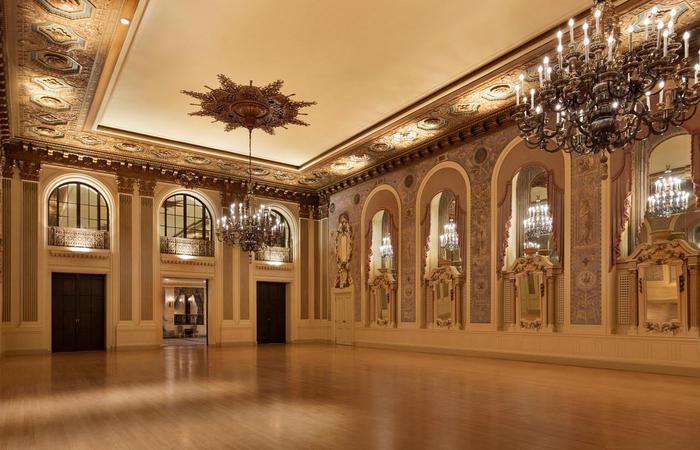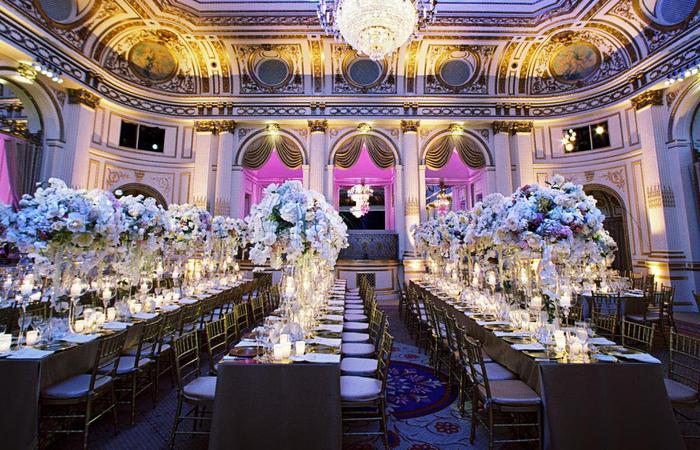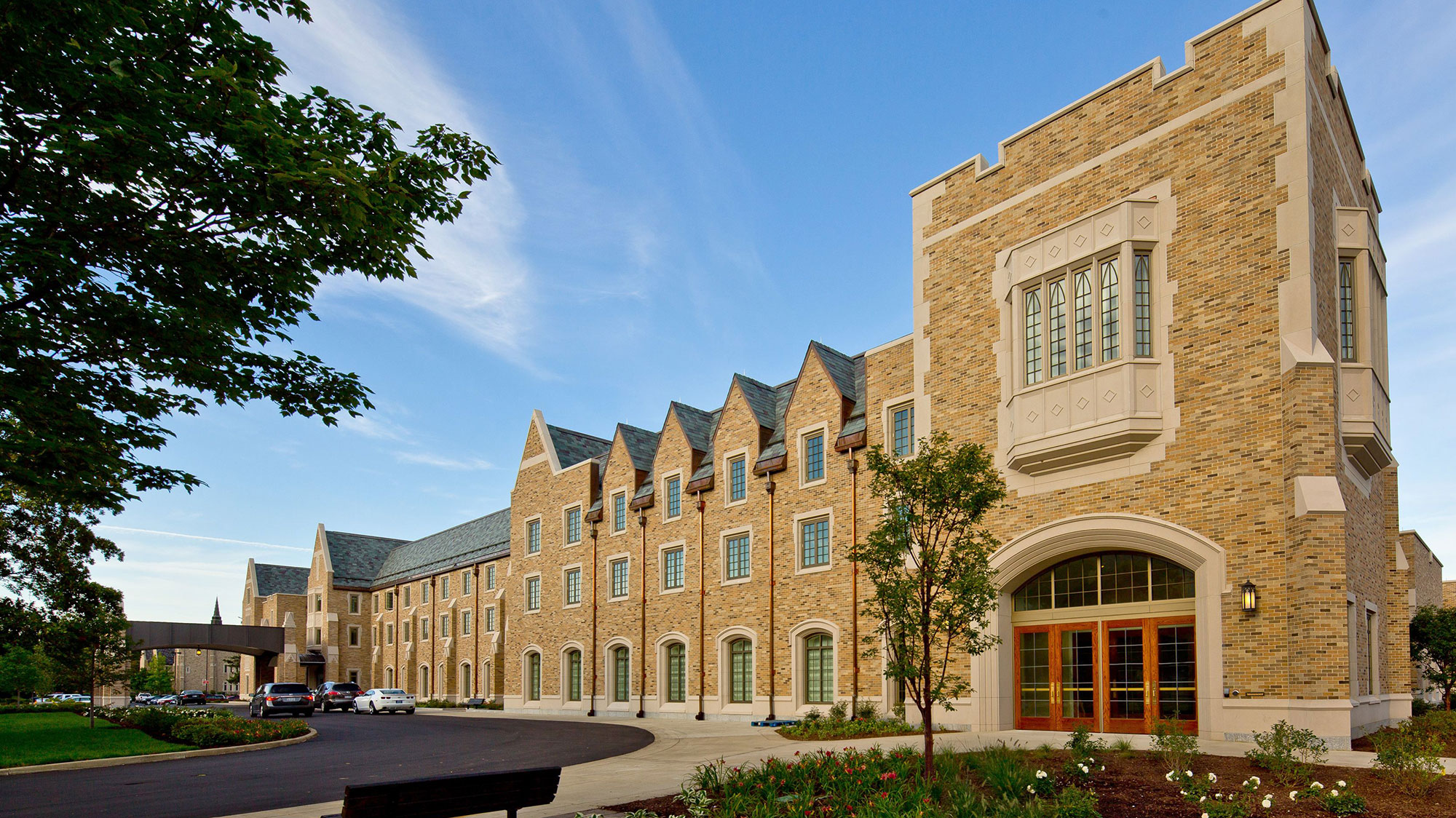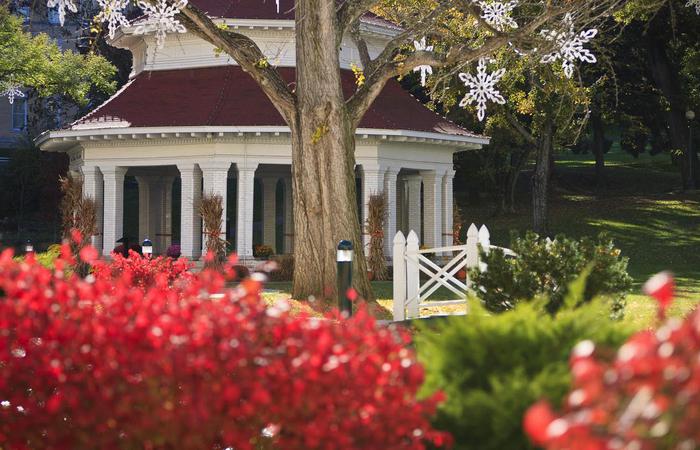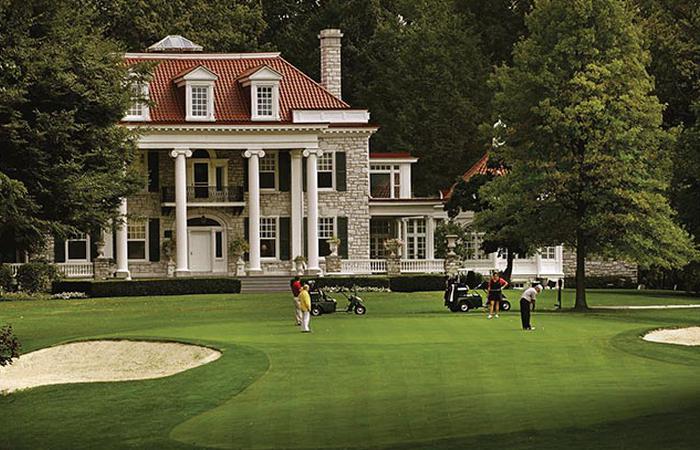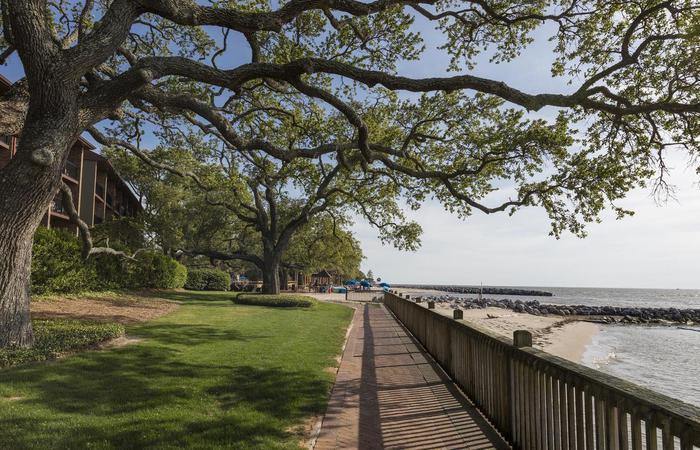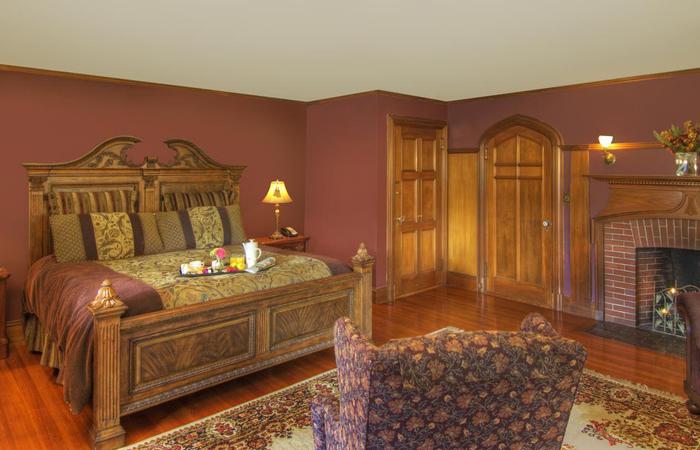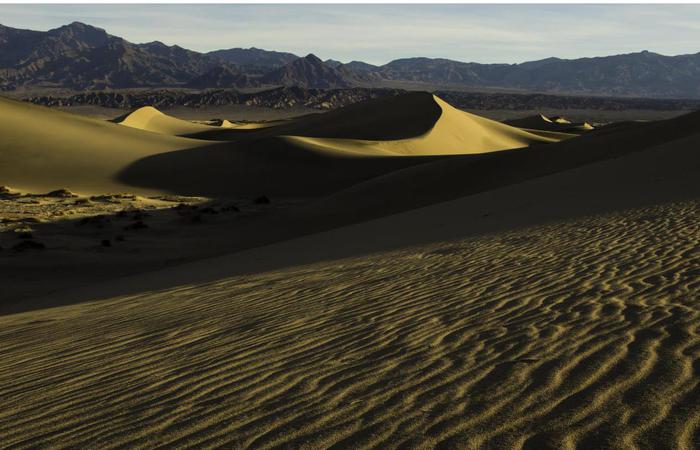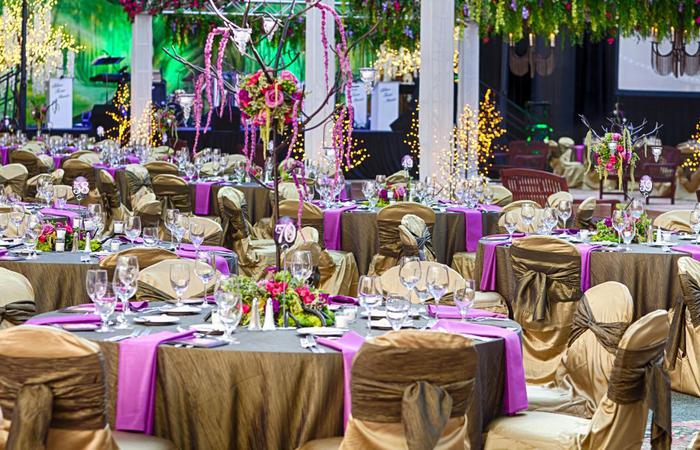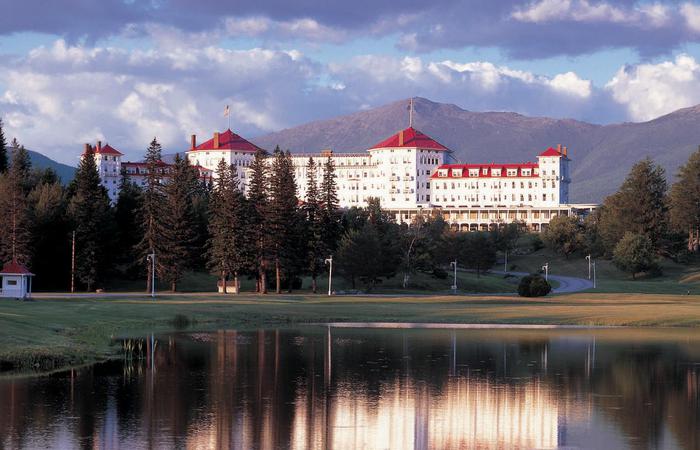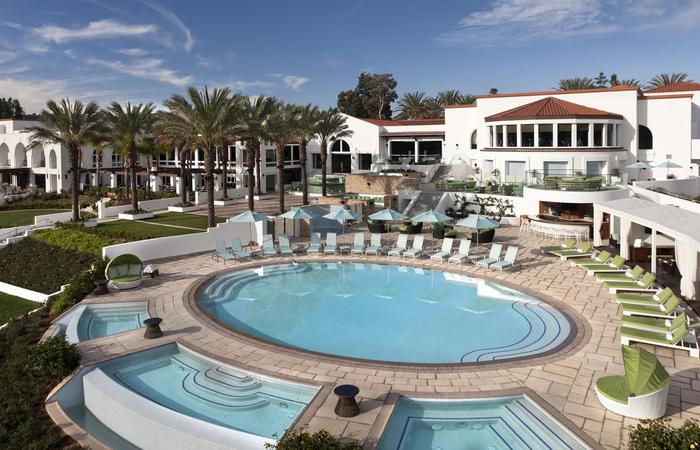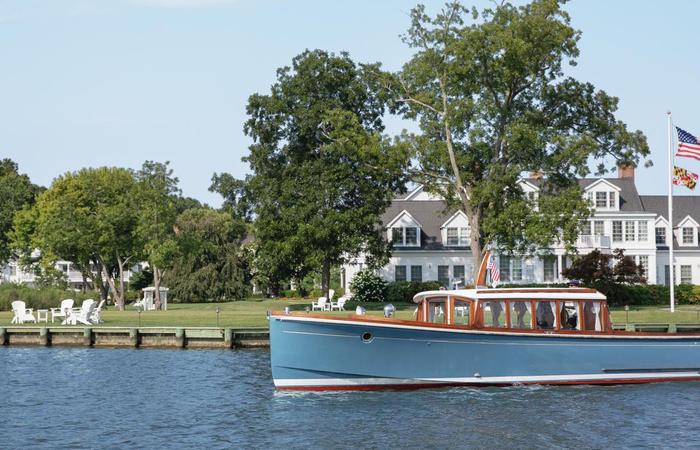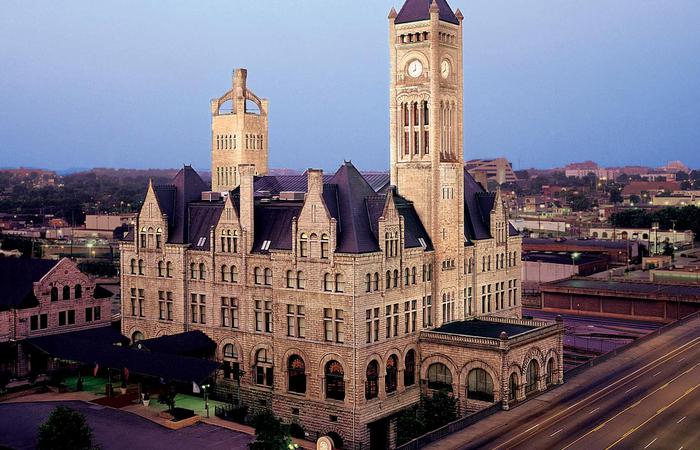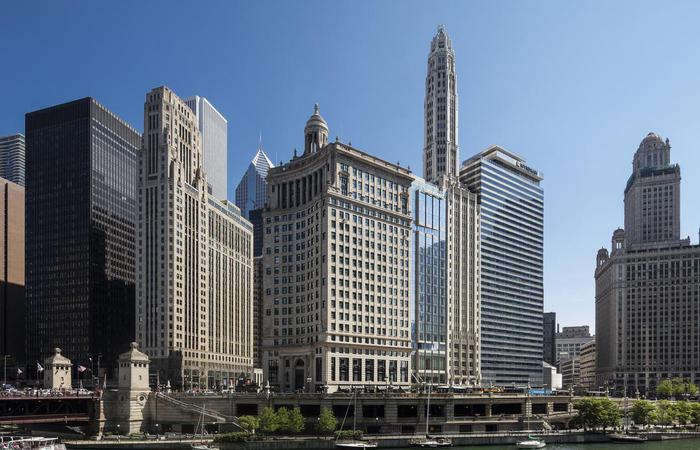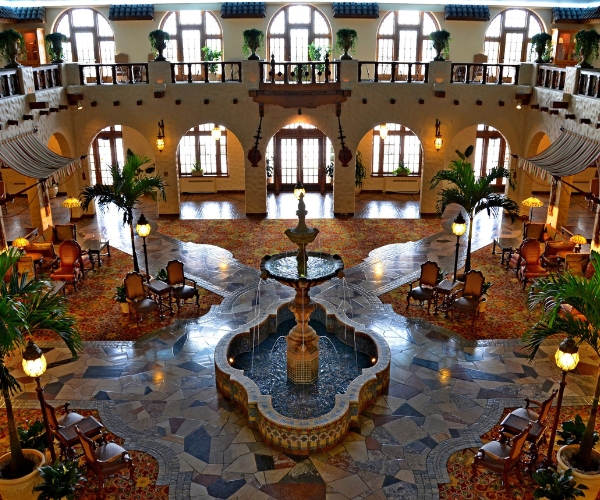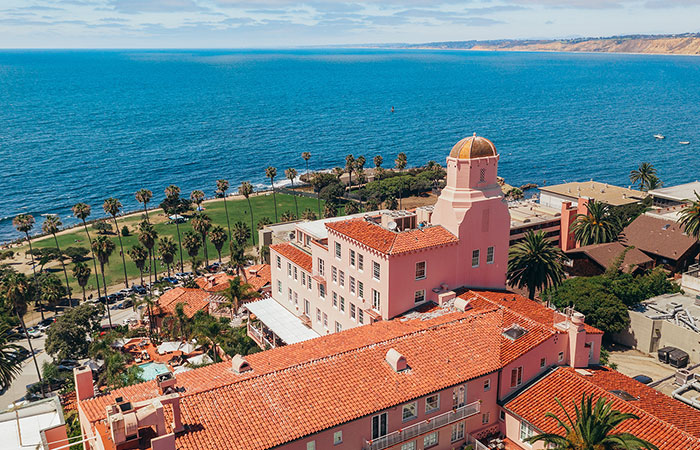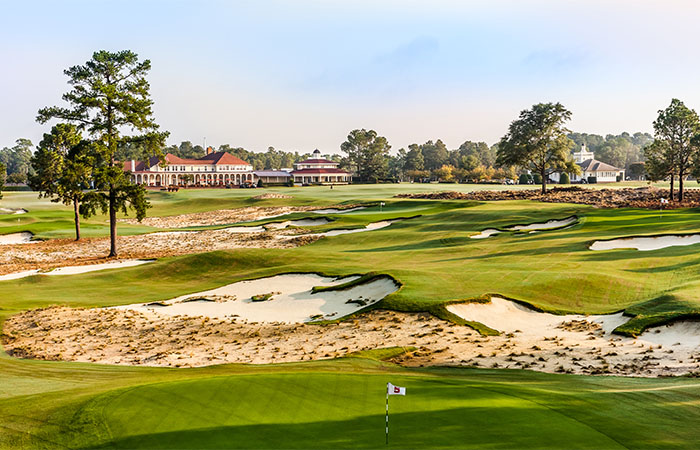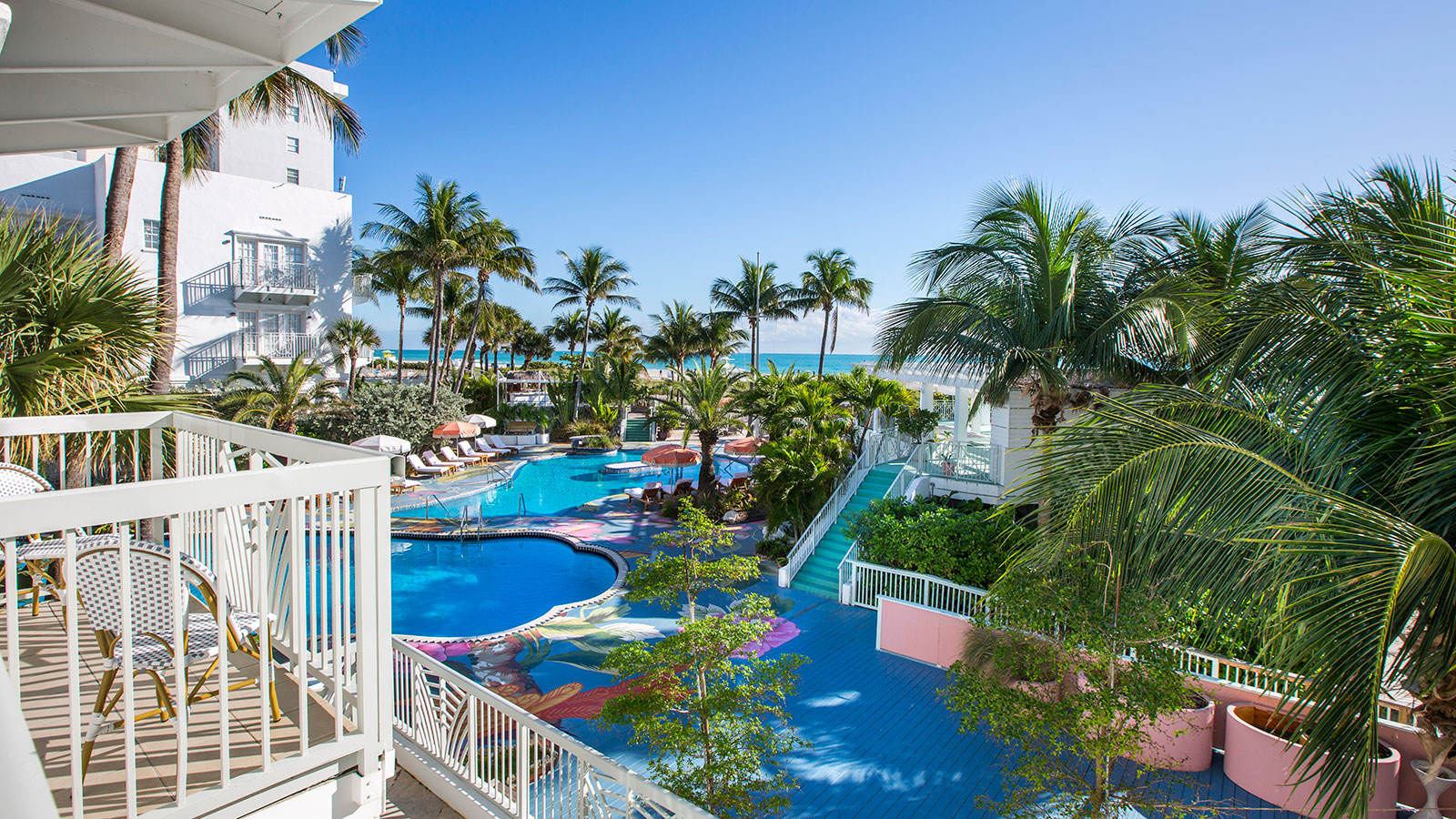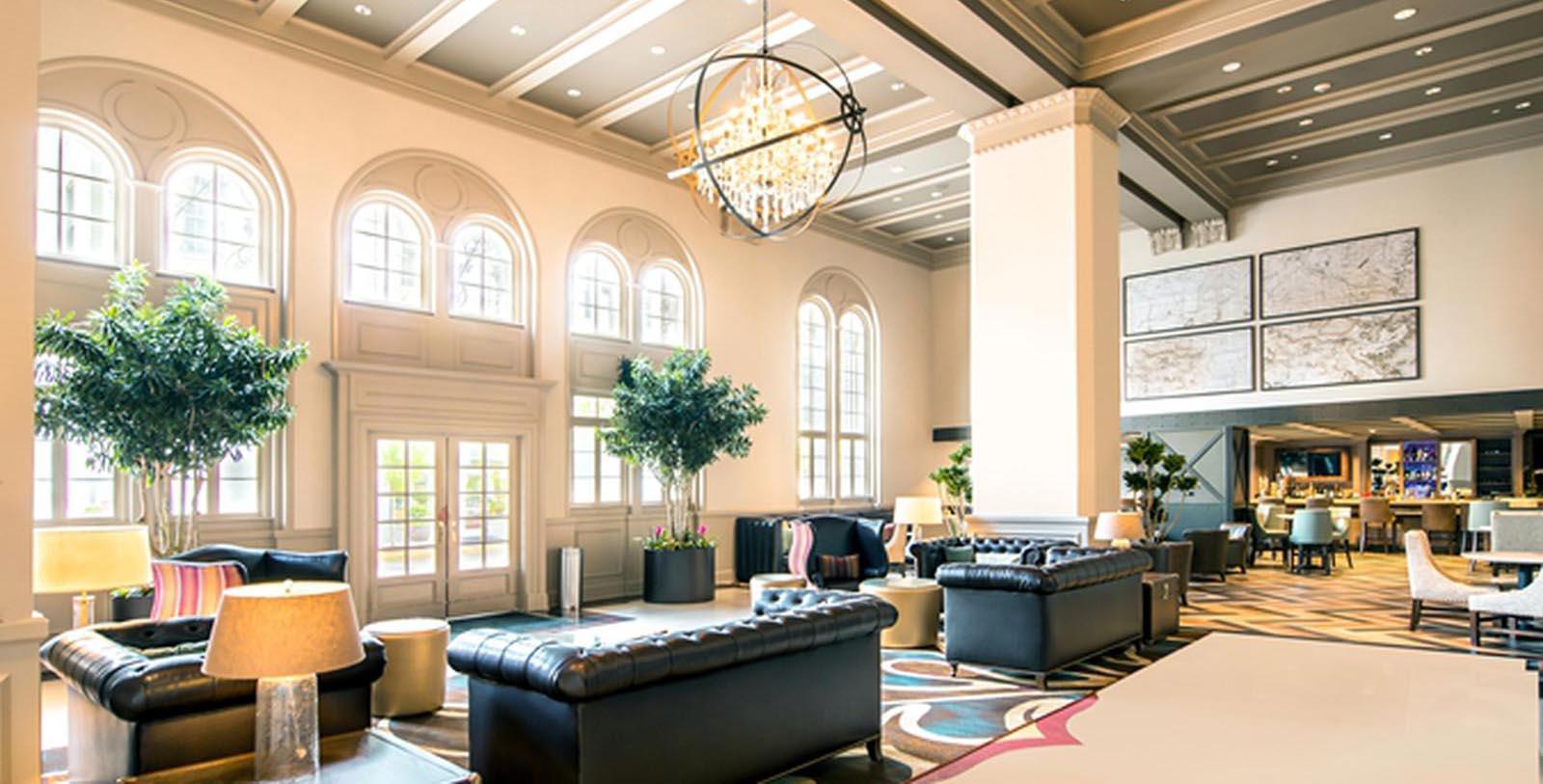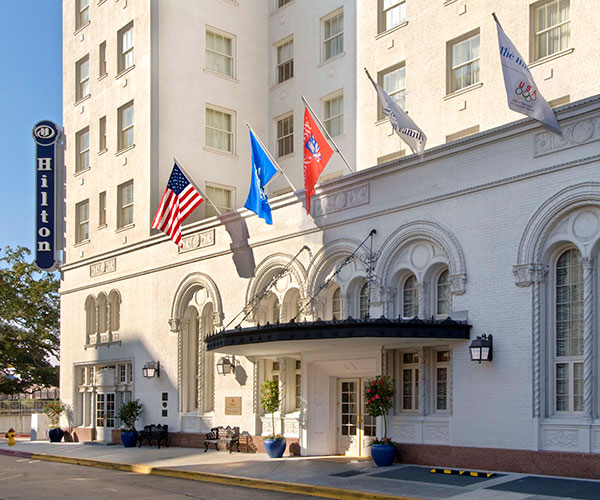Receive for Free - Discover & Explore eNewsletter monthly with advance notice of special offers, packages, and insider savings from 10% - 30% off Best Available Rates at selected hotels.
history
Discover Hilton Baton Rouge Capitol Center, which Paul Cyr operated from when Huey P. Long refused to relinquish his duties as governor.
Hilton Baton Rouge Capitol Center, a member of Historic Hotels of America since 2007, dates back to 1927.
Hilton Baton Rouge Capitol Center was constructed during the “Roaring Twenties,” in which flappers, the radio, and the Art Deco movement defined the age.
The idea for the Heidelberg Hotel began in 1927, when architect Edward Nield casually sketched a luxury hotel on a napkin, with no formal plans to construct in Louisiana’s capital city. In 1928, Huey P. Long was elected governor, establishing himself as one of the state’s most colorful characters. In the 1930s, Long oversaw construction of a new state capitol building, four blocks from the Heidelberg Hotel. Among its hallmarks was its rank as the tallest capitol building in the country. In 1931, the Heidelberg itself served as the Louisiana Capitol during a dispute between Long and Lieutenant Governor Paul Cyr. Long, newly elected as senator, refused to relinquish his duties as governor and Cyr set up operations in the hotel. Long met an untimely and suspicious death in 1935 when he was assassinated in the hall of the Capitol building. Many events surrounding his death have never been explained, and rumors persist to this day, especially about the whereabouts of Long's reputed ""deduct box,"" a cache of political paybacks.
In 1931, hotel was briefly used as the Louisiana State Capitol during a power struggle between Huey P Long, Governor and Paul Cyr, Lieutenant Governor. Cyr declared the hotel the capitol of Louisiana when Long refused to hand over power after winning US Senate seat.
One of the unique features of the hotel is the secret underground passageway to the King Hotel across the street, which gave Huey direct access to his flamboyant mistress. Today, guests can dine in the infamous secret tunnel. The Heidelberg was listed on the National Register of Historic Places in 1982. It has received a Bricks and Mortar award from the Foundation of Historical Louisiana. In 2006, after more than $70 million in renovations, the former Heidelberg Hotel was reborn as the Hilton Baton Rouge Capitol Center hotel. Modern upgrades, tasteful amenities, a beautiful restaurant and lounge, and exercise facility give new life to this historic hotel.
-
Ghost Stories +
"Known as the most colorful politician from Louisiana, the infamous Huey P. Long's favorite saying was, “Every man is a King.” His dream was to become the President of the United States and, while governor, he built a mansion that resembled the White House. He frequented the Hilton Baton Rouge Capitol Center, then known as the Heidelberg Hotel, so often that he even had a tunnel dug to the hotel across the street, then known as The King Hotel, so he could escape his enemies and visit his mistress. He loved the Ramos Gin Fizz, which was created in New Orleans, and was known to have brought one of their bartenders to New York to teach the other hotel staff members how to properly make the drink. It has been said that the tenth floor is haunted by the ghost of Huey. Though the hotel has been smoke-free since 2006, housekeepers have reported catching a whiff of cigar smoke from rooms they've just cleaned.
Before the Heidelberg Hotel was renovated, the building had been vacant for more than twenty years, falling into severe disrepair. During a pre-construction tour, it was noticed that the pool was covered in mold and filth from over twenty years of neglect. On another tour the very next day someone noticed the pool was sparkling clean, like brand new. But absolutely no one had access to the area to clean the pool."
-
Famous Guests +
Huey P. Long
John F. Kennedy
Hubert H Humphrey
Jimmy Carter
Will Rogers
Fidel Castro


